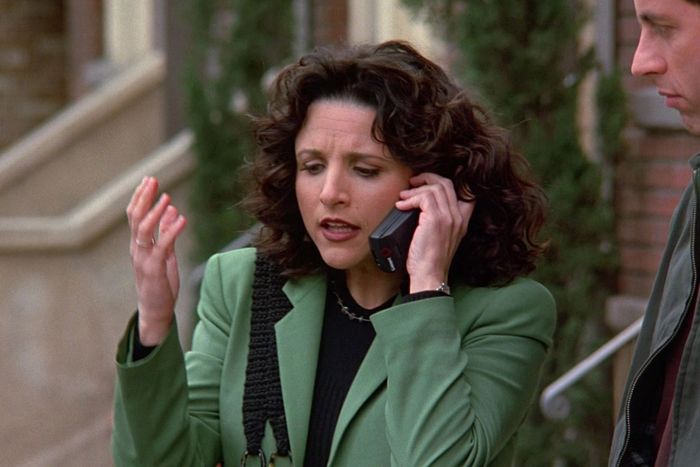
New Yorkers: You once again have a shot at a prestige phone number without even trying. A Reddit poster recently reported — in a thread amplified by Gothamist — that he’d signed up for a U.S. Mobile phone plan and been issued a number beginning with 212. It was a charming surprise, as the old Manhattan-specific area code is generally held to have run out of numbers long ago. If you had a 212 on your cell, it was probably because you had ported over your old landline or paid a significant amount for one.
It’s no longer the geographic shibboleth it once was, of course. Your phone number, up through the first two digits after the area code, once indicated approximately where you lived, down to the neighborhood level: PEnnsylvania, for example, covered the area roughly around Penn Station, thus producing the phone number PE6-5000, a.k.a. 736-5000, for the Hotel Pennsylvania (and thence the Glenn Miller hit). SPring was downtown, BUtterfield the affluent Upper East Side. (Even today, a number starting with 68 is likely to be in MUrray Hill.) Even after the abolition of those letter prefixes — a change fought tooth and nail by an actual group called the Anti-Digit Dialing League, which thought it dehumanizing — the area code, to some extent, told people where you were. Until the 1980s, sharing an area code with someone also meant that you didn’t have to dial it at all to reach them. Seven digits got you there.
It did reflect a physical place once, long ago. And 212 itself is a ghost in the machine, born out of the engineering logic that the Bell System used when it added area codes. Each had three digits, originally with a 0 or 1 at the center. On a rotary-dial telephone, 212 required the fewest clickety-clacks and therefore was quickest and easiest to dial; it was obvious that it should go to the biggest city, as every misdial cost Ma Bell some fractions of a cent. (All five boroughs had 212 numbers until the 1970s.) The next-largest town, Chicago, got 312; the third-biggest, Los Angeles, got 213, and so forth.
Today, even the idea of an area code is mostly antiquated. Your phone may receive a call from 312, but whether that person is in Chicago is anyone’s guess. People move more than they once did, taking their numbers with them, and the geography of telephony gets scrambled in a hurry. Someone moves from Tribeca to Toledo, and her 212 goes with her. Or the reverse: One of the New Yorkiest human beings I know has a 310 phone number, because she lived in Los Angeles for a few years. It’s just a line of digits, no more geographically rooted than the serial number on your refrigerator.
All of this, by the way, is set in stone (or more precisely, copper wires and transmission towers) by a group called the North American Numbering Plan Administrator, a modestly sized entity in East Brunswick, New Jersey, that coordinates 20 countries’ worth of phone numbers. NANPA’s vice-president, Florence Weber, explained to me that the organization assigns numbers in blocks of 1,000 or 10,000, and carriers like Verizon then distribute them to customers. When a number drops out of service, it sits dormant for at least 45 days — the “minimum aging period” — before being reassigned. She didn’t offer insight about where these 212 numbers are coming from, but one has to assume that the slow fade of the dedicated fax line and especially the pay phone has freed a bunch of them up.
Plenty of people, and not just Elaine Benes, still want one. A 212 number certainly is recognizable, more so than any except the toll-free 800. You give someone your 283 number, and the next question is “Where’s that?” (Cincinnati.) Give out a 212 number, and few people need to ask. I suppose it’s also a little easier to remember, purely as a sequence of digits, than others are. Mostly the appeal is a bit of New York island parochialism, endearing and annoying at once. We say “if you have to ask, you’ll never get it,” even when “getting it” is the combination to a safe with nothing stored inside. Literally, because the upcoming generation barely makes phone calls at all.





